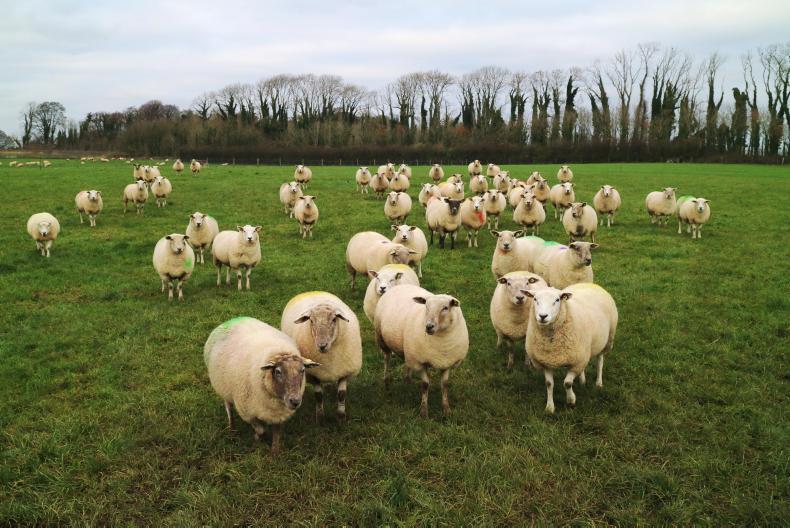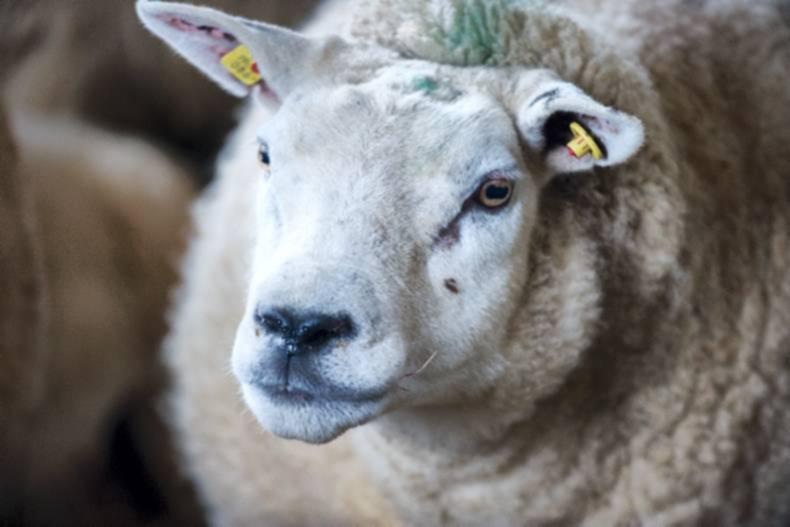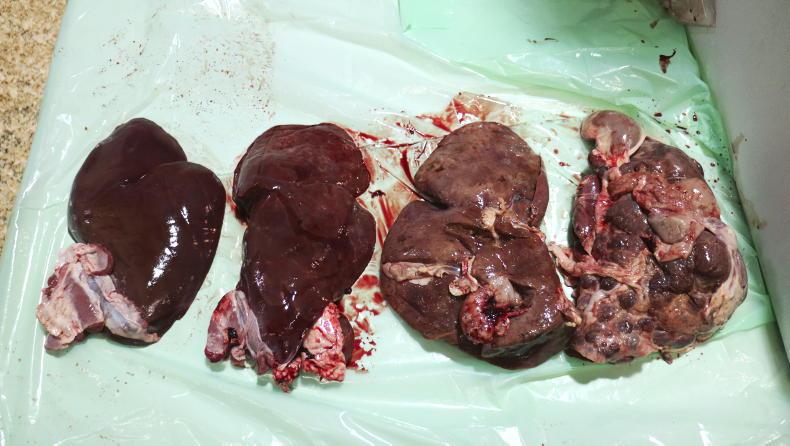Due to the recent poor weather and deteriorating ground conditions, housing is a hot topic. When we consider housing, the next thing that springs to mind is dosing. It is well known that heavy worm and fluke burdens can cause large reductions in animal performance.
With a huge amount of products on the market, it can be difficult to decide which product is the best for your farm. In the past, treatment with anthelmintics (fluke and worm dose) was often calendar based, regardless of whether a high burden of fluke and worms was present. However, this is no longer a recommended practice as anthelmintics are a limited resource, with resistance to products becoming more apparent.
The most economic and efficient way to find out what product will work best for your farm and when to utilise it is to use diagnostic tests, namely faecal egg count (FEC), monitoring or bulk milk sampling. These are tools that can help determine what product is necessary or if dosing can be safely delayed. Faecal samples are taken from a subset of animals (10% of group) depending on their size and age (eg weanlings, heifers, adult cows). Samples are then tested to quantify lungworm, roundworm, tapeworm, liver fluke and rumen fluke. Additionally, bulk milk samples can monitor the level of liver fluke and roundworm. By using diagnostic tests, targeted selective treatment can be tailored to each farm situation.
When dosing, correct weight assessment of the animals is essential to avoid under- or over-dosing. Additionally, it is recommended to avoid repeated use of the same product year on year, as it can lead to resistance to a particular product. Products should always be stored according to the manufacturers’ guidelines and never used out of date.
Ectoparasites (mites and lice) are at their highest populations during winter. These parasites cause itchiness and irritation, leading to a reduction in feeding and subsequent weight loss. It may be necessary to apply an appropriate product to kill these ectoparasites at the time of housing and again as necessary.
It is important to monitor the withdrawal periods in relation to any product used. As beef cattle and store lambs are readied for the factory, meat withdrawals need to be adhered to. With milk prices remaining high going into the latter part of the year, leading to a shorter dry period, it may be necessary to dose lactating cows before drying off and so milk withdrawals need to be observed.
*Martha Allen works at Glen Veterinary Clinic, Blind St, Tipperary Town. Glen Vet Clinic is part of XLVets. Visit www.xlvet.ie









SHARING OPTIONS